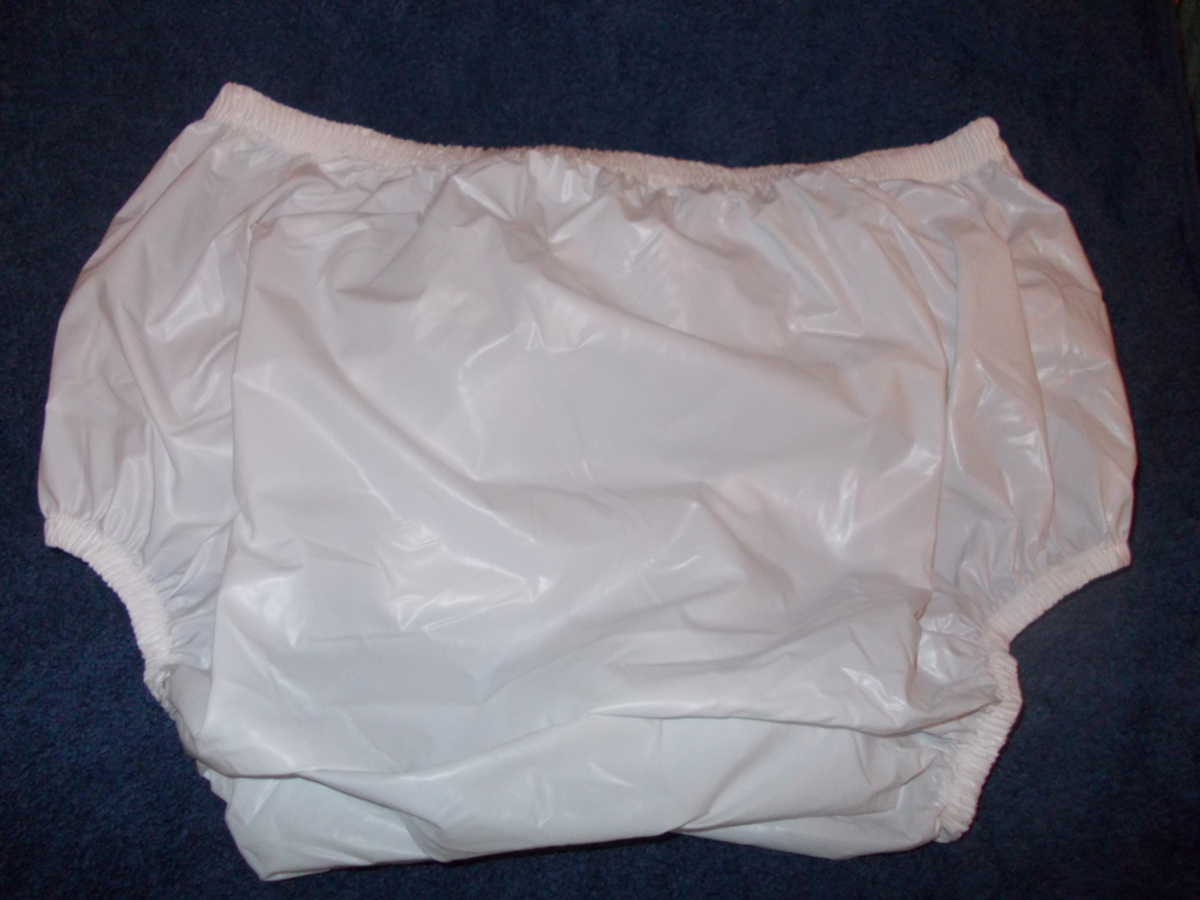
Bedwetting (enuresis) generally declines as a child ages, however, three per cent of fourteen year olds were found to regular succumb to bedwetting. In rare cases, bedwetting can continue into adulthood. The bedwetting is considered to be primary if the child has never been dry at night, while secondary enuresis occurs when the bedwetting episodes are infrequent. This article will be mainly concerned with primary enuresis.
Causes of primary functional enuresis
Chronic bedwetting is generally related to a physically or neurologically immature bladder. Or, the problem can be related to a pattern of deep sleep. It is often the case that children sleep so deeply that they are not aware of the messages the bladder sends to the brain. Bedwetting is believed to be inherited. Children with attention deficit disorder are also believed to be more likely to be susceptible to bed wetting, as are those with learning disabilities or allergies.
Bedwetting can have a negative effect not just on the child but also on the family of the child. Children will be embarrassed by the condition and might withdraw from social activities that require sleeping away from home. Parents might feel angry, frustrated or embarrassed by the child’s bedwetting. Parents in this situation should be supportive of their child.
Treatment
Most children will outgrow the children. Our muscles become stronger and the bladder capacity increases. We tend to also sleep less deeply and become more aware of the messages being sent by the bladder. Treatment can take either a medical or behavioral form. Medical treatment usually involves the use of imapramine, which is an antidepressant. Symptoms often return when the usage of this medication is ceased. Desmopressin acetate is another drug that might be used to counteract bedwetting. This drug causes a reduction in the production of urine, thus lessening the risk of the occurrence of bedwetting.
Other methods used to stop bedwetting include retention control training, night-lifting and the moisture alarm. Retention control requires a child to be taught to manage urination during the daytime. This can help to expand the bladder’s capacity. This practice should not be attempted without prior medical advice. Night lifting requires, simply, lifting the child during the night and bringing him or her to the bathroom. Moisture alarms are clip-on sensors attached to the bed. This alarm wakens the child when moisture is detected. These methods aim to gradually change the brain’s patterns in a positive manner.


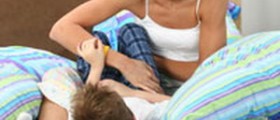
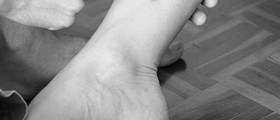


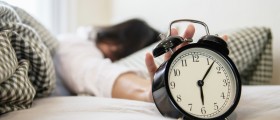

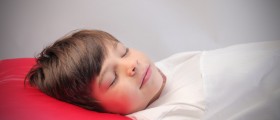



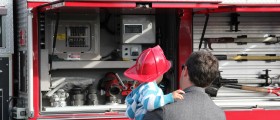
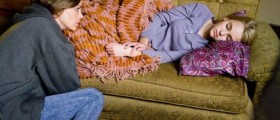



Your thoughts on this
Loading...